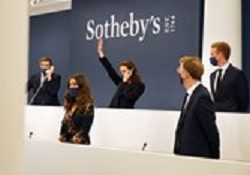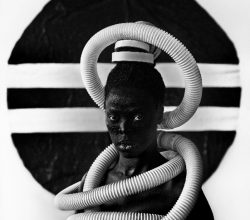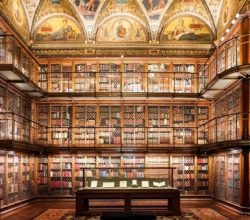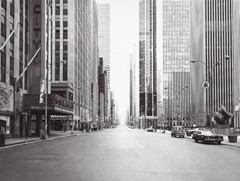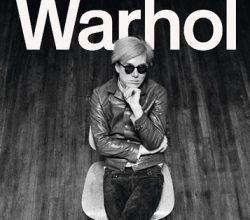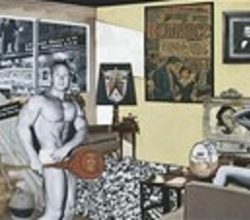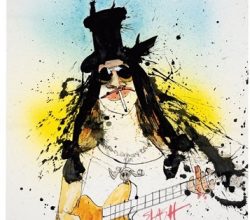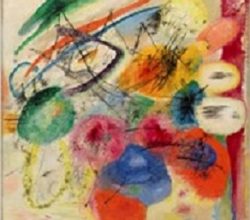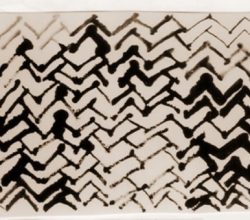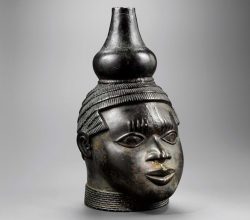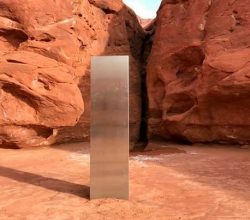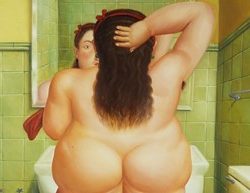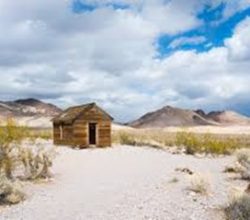
Holidays
This is the last regular newsletter for 2020. What a difficult year – and for some readers the disruptions continue, including lockdown. With so few exhibitions being reviewed, producing the newsletter has, to be frank, at times been excruciating. I hope those still under restriction are able to find some positive aspect to isolation (perhaps catch up on back issues of The Easel!).
Next Tuesday, and the Tuesday after, the newsletter will highlight the year’s most popular stories among Easel subscribers. There will then be a break of a few weeks with the The Easel resuming on Tuesday January 26.
I hope you have enjoyed your reading over the last year.
Season’s greetings to all.
Andrew

